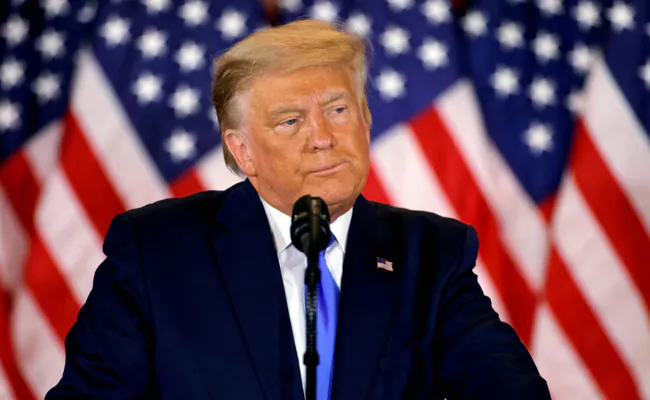Latin American leaders rallied on Monday to support Panama after U.S. President-elect Donald Trump threatened to reassert U.S. control over the Panama Canal. This vital shipping route, connecting the Pacific and Atlantic Oceans, is a cornerstone of global trade and a symbol of Panamanian sovereignty.
What Is the Panama Canal?
The Panama Canal is an 82-kilometer (51-mile) artificial waterway that links the Pacific and Atlantic Oceans, dramatically shortening maritime routes. Ships traveling from Los Angeles to New York save approximately 8,000 miles (or 22 days) compared to navigating around South America’s southern tip.
The canal operates through a system of locks that elevate vessels 26 meters (85 feet) above sea level into Gatun Lake. Each transit requires about 200 million liters (53 million gallons) of fresh water.
A History of Struggle
Efforts to create an inter-oceanic canal began as early as the 1530s under Spanish colonizers. However, significant progress was only made in 1878 when Colombia, which then governed Panama, granted French engineers a concession.
The French endeavor ended in disaster, going bankrupt in 1899 after approximately 22,000 workers died due to diseases and accidents.
In 1903, the U.S. sought a concession from Colombia to build the canal but was rejected. Supporting Panama’s independence, the U.S. signed a treaty with the newly formed Panamanian government. The deal granted the U.S. rights to construct and indefinitely control the canal in exchange for $10 million and an annual $250,000 annuity. Many Panamanians viewed this treaty as an affront to their sovereignty.
By 1914, after the deaths of more than 5,000 Afro-Panamanian and Caribbean workers, the canal was completed under U.S. administration.
Returning the Canal
During the 20th century, growing resentment over U.S. control of the canal culminated in protests. In 1977, U.S. President Jimmy Carter and Panamanian leader Omar Torrijos signed a treaty transferring canal control to Panama by the end of the century.
On December 31, 1999, the Panama Canal Authority, a Panamanian government agency, assumed full control. The canal remains a critical source of income for the country.
Modern Challenges
The canal faces challenges from climate change, particularly droughts that have reduced water levels in its feeding lakes. These conditions have prompted the Panama Canal Authority to limit ship transits to balance water needs for both the canal and Panamanians.
Trump’s Remarks
On Sunday, Trump suggested reimposing U.S. control, citing high transit fees and concerns over Chinese influence near the canal. He referred to the canal’s transfer to Panama as a “magnanimous gesture” and warned of reclaiming it if the terms were not met.
“It was given to Panama and the people of Panama, but it has provisions,” Trump said. “If these principles, both moral and legal, are not followed, we will demand the canal’s return, in full, quickly and without question.”
Panama’s Firm Stance
Panamanian President Jose Raul Mulino dismissed Trump’s claims. He emphasized that the canal’s tariffs are transparent and have supported its maintenance and expansion, boosting global trade since 2016.
“Every square meter of the Panama Canal and its surrounding area belongs to Panama and will continue to do so,” Mulino declared. “Our sovereignty and independence are non-negotiable.”
He further denied any foreign control of the canal, stating, “The canal is not under any direct or indirect control from China, the European community, the United States, or any other power.”
The dispute highlights the enduring significance of the Panama Canal in global trade and geopolitics. Latin American leaders have reaffirmed their support for Panama’s sovereignty, signaling unified regional resistance to external pressures.




